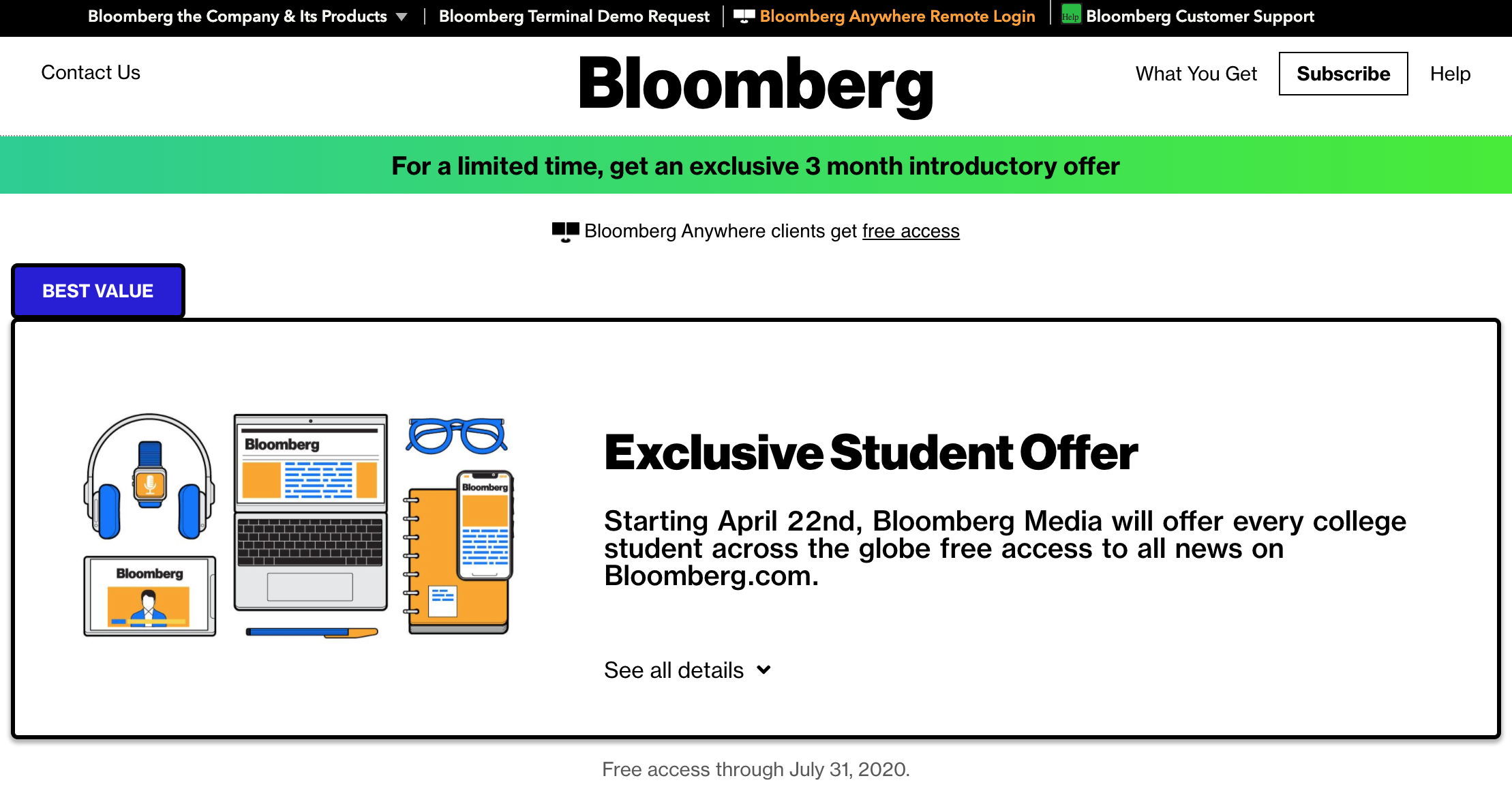


They get the right to buy oil at a fixed price at a future time. But if oil prices fall, they lose out, since competitors can now buy oil more cheaply.Ģ) Buy a call option on oil.

They get to lock in the price of oil at a future time. They can do this in three main ways:ġ) Buy oil forward. So the usual story is that it makes sense to hedge their oil costs. In the case of airlines, they are effectively 'short' oil, in that they profit if the price of oil falls, and lose if the price rises. Hedging is extremely odd in that while it is thought of as a way to lock in 'certainty' on the price of something, it really is just another way of gambling on a price. Nobody is happy when the price of tomatoes suddenly doubles almost overnight, and especially not the customer. Even if they lose money on some contracts, they’re probably making money on enough of them to keep their prices low when you go there to buy tomatoes, avocados, lettuce, spinach, meat, poultry, or whatever.

So they would need to employ futures traders in order to accomplish this. Walmart, being Walmart which isn’t unlike being Costco or any other major supermarket of sorts where people buy food, would want to limit their exposure to shocks in the market regardless of what’s causing the shocks. Anything can affect the price, up to and including cartels in Mexico demanding protection money from Avocado farmers recently, but pests, weather, soil problems, or whatever might limit the supply and lead to price increases. This is often the case with avocados which might sell for $0.50 a piece in one place or up to $3 a piece in another. But if you’re able to get them for $20 a case right now, it’s because that store was able to get them for a good price, and that means somewhere upstream in the supply chain, a futures contract was exchanged which made that possible by locking in the purchase price in advance for this batch of tomatoes. Why is any place selling them for $40 a case? I honestly couldn’t tell you other than there was probably a problem somewhere with the tomato crop. In San Francisco, depending on where you go right now, tomatoes might be $20 a case or they might be $40 a case. In some ways it's impressive that they were doing server side Javascript at least 5 years before nodeJS but whole approach seems like a byproduct of age of mainframes. As well the version of Javascript was restricted from using things like timers or callbacks since that could make rendering stall. This caused a lot of difficulties since any real time elements needed to be rendered in a totally different way.
#BLOOMBERG TERMINAL REMOTE ACCESS FULL#
The front-end is fully rendered server side (meaning every click requires a full round trip to Bloombergs servers) in Javascript using spidermonkey. The bit that really amazed me was the way the front end is implemented. In particular the feeds are designed to be extremely fast with a few custom built high performance databases built to serve this.
#BLOOMBERG TERMINAL REMOTE ACCESS CODE#
However the more modern code is in C/C++ and designed heavily with latency in mind. For one thing the codebase is ancient there are still some Fortran bits that in use today. Having worked at Bloomberg I really wish there was more content published about how it's implemented because it pretty astonishing in both good and bad ways.


 0 kommentar(er)
0 kommentar(er)
